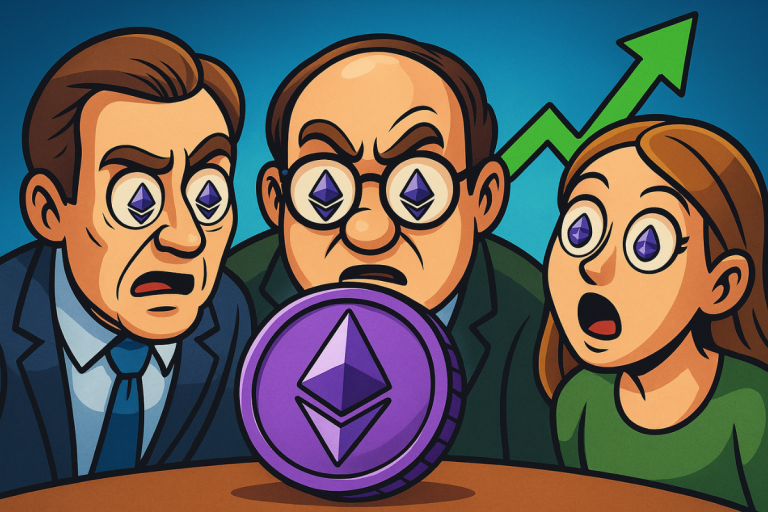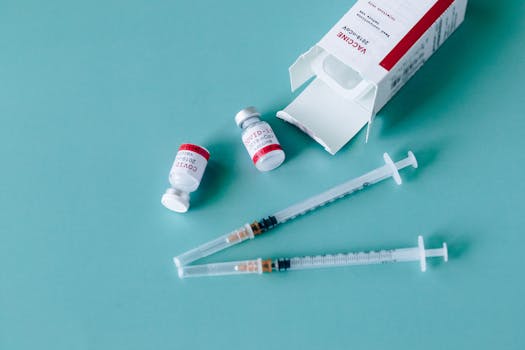
Introduction
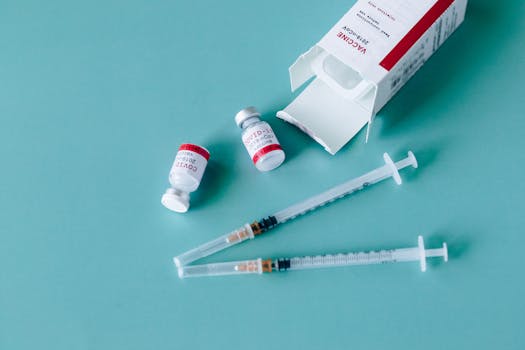
The science behind vaccines is a cornerstone of public health. Vaccines work by training the immune system to recognize and combat pathogens, ultimately preventing diseases. Understanding this science is essential for appreciating the role vaccines play in enhancing community health.
How Vaccines Work
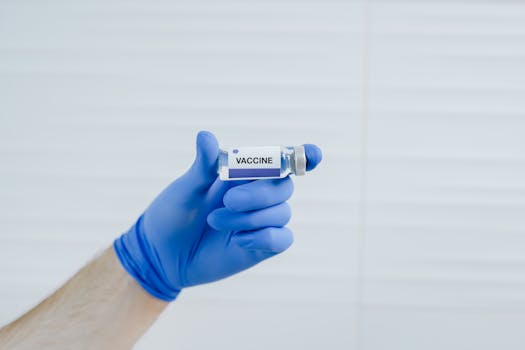
Vaccines introduce a harmless component of a pathogen into the body, such as a protein or a piece of its genetic material. This process stimulates the immune system to produce a response, including the generation of antibodies. These antibodies remain in the body, providing long-lasting protection against future infections.
Immunization can take many forms, including live-attenuated vaccines, inactivated vaccines, and mRNA vaccines. Each type has its unique mechanism of action, but they all aim to achieve the same goal: immunity.
The Role of Vaccines in Public Health

Vaccines are critical in controlling infectious diseases. They lead to herd immunity, which occurs when a significant portion of a population becomes immune, making it harder for the disease to spread. This protection is especially vital for those who cannot be vaccinated, such as infants and individuals with compromised immune systems.
Public health campaigns have successfully reduced or eliminated diseases such as polio, measles, and smallpox through widespread vaccination efforts. The World Health Organization estimates that vaccines prevent 2-3 million deaths each year.
Challenges and Misinformation
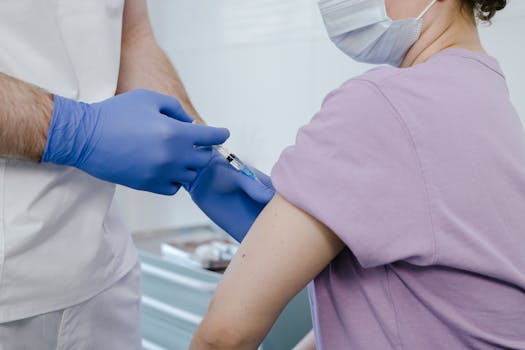
Despite the proven benefits of vaccines, misinformation poses significant challenges. Many individuals remain hesitant or refuse vaccines due to misconceptions about safety and efficacy. Public health officials must address these concerns through education and transparent communication.
It is crucial to rely on scientific evidence and expert recommendations to dispel myths and reinforce the importance of vaccination in safeguarding public health.
Conclusion
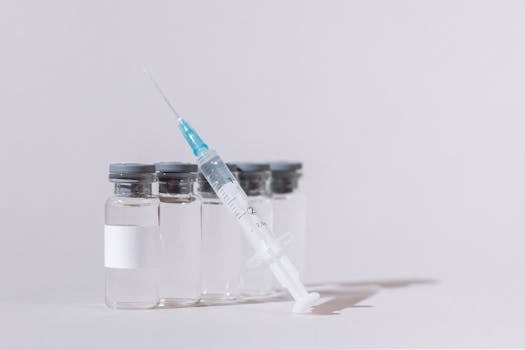
Vaccines are a scientific triumph that has transformed public health. By understanding the mechanisms behind vaccines and their impact on community health, we can better advocate for vaccination as a vital tool in disease prevention. Continuous education and addressing misinformation are essential in maintaining high vaccination rates and protecting future generations.

